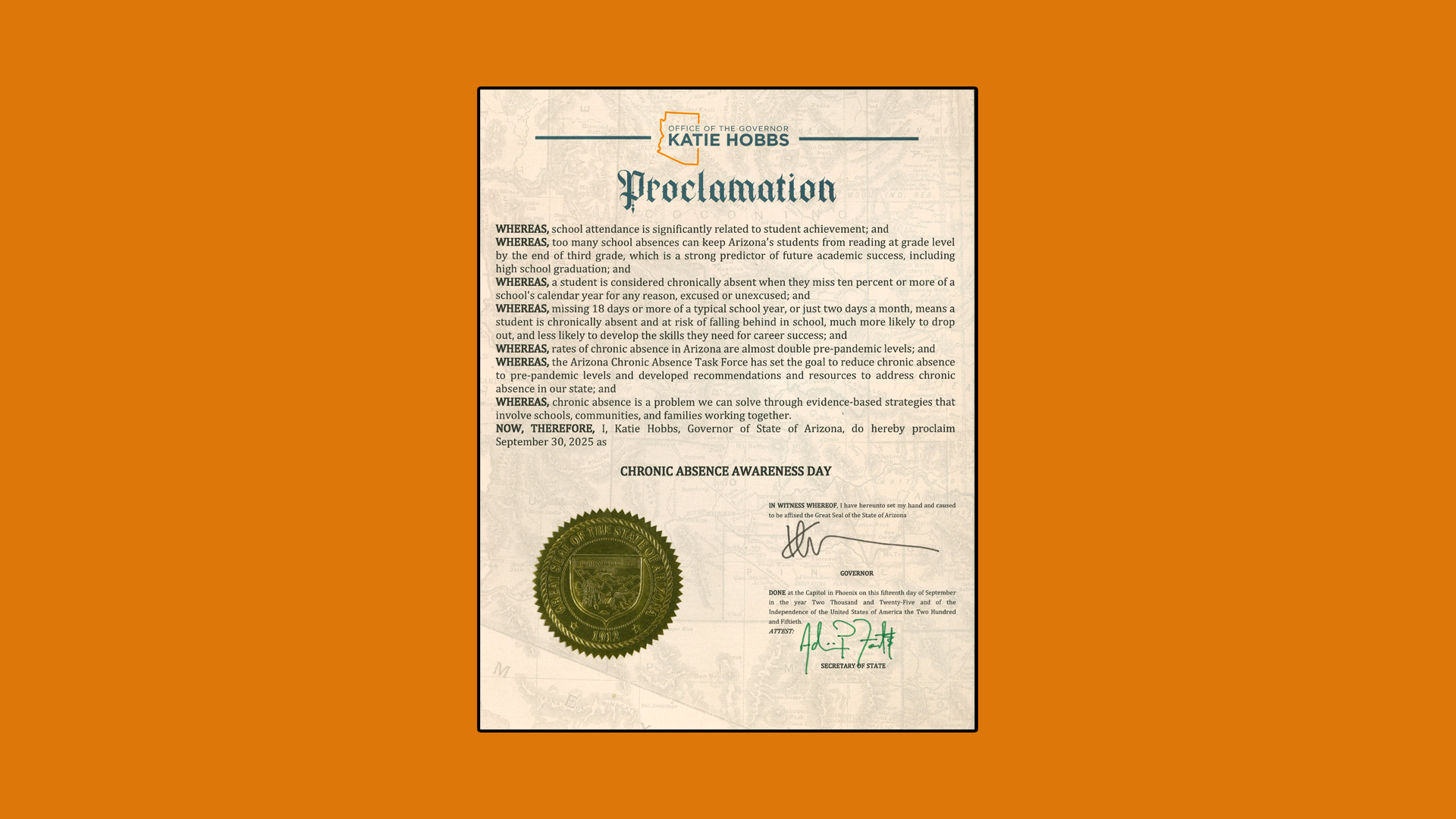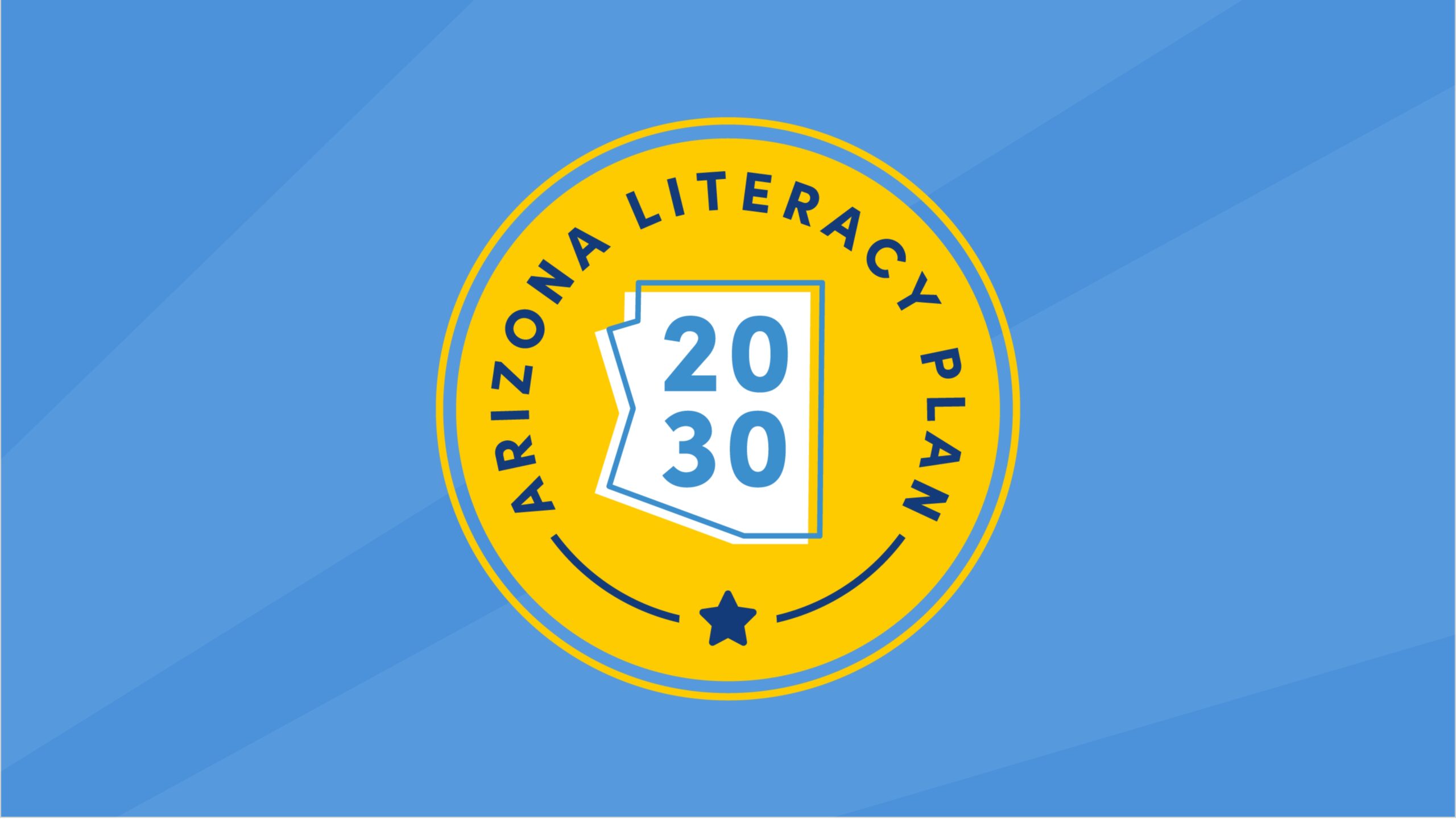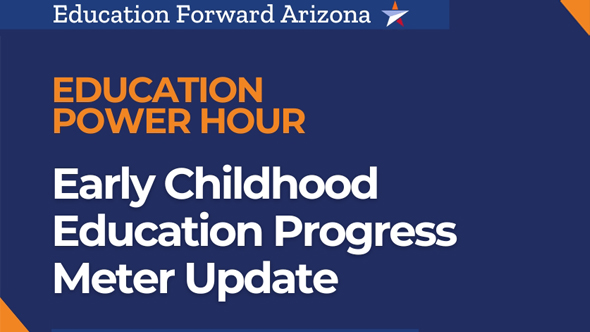June 28, 2016
Data
Arizona Republic | Richard Cano | June 27, 2016
The statewide scores released by the state Board of Education on Monday show slight improvements over the inaugural year.
Educators and advocates saw more good news than bad in how Arizona students performed on this year's AzMERIT standardized test.
Most grade levels improved their statewide reading and math passing percentages by single digits — and the overall positive trajectory shows Arizona did well to raise its bar, educators said.
But the second year of AzMerit scores, which were released Monday by the Arizona Department of Education, also brought more of the same as the 2014-15 school year.
More than 60 percent of the state’s students failed the math and reading portions of AzMERIT in 2015-16. In the inaugural year, nearly two-thirds of Arizona pupils failed the test.
In math, six out of the nine grade levels tested had most of their students score “minimally proficient.” In English language arts, eight out of nine grades mostly scored at the test’s lowest performance level.
AzMERIT scores are divided into four performance levels: minimally proficient, partially proficient, proficient and highly proficient. The latter two categories are considered passing. The test is given to students in grades 3-11.
Diane Douglas, the state’s superintendent of public instruction, told The Arizona Republic that she was “delighted to see progress.”
But she also echoed the thoughts of several educators, adding:
“Have we seen some increase in highly proficient and proficient students? Yes. But you have to look at what’s below that, and that’s not serving our children well,” Douglas said.
Here are questions and answers about this year's statewide test results:
What do the scores mean for schools?
This year, not much.
Results for AzMERIT will not count toward any A-F letter grades handed by the state.
Arizona's A-F letter-grade-accountability system has been suspended for the past two years as the state continues to work on a new system.
The state’s new grading rubric is expected to reduce focus on standardized-testing performance and highlight student growth. Schools will be graded again in fall 2017 for the 2016-17 school year.
Unlike AIMS, the state's previous test, passing AzMERIT is not a requirement for graduation — and state officials are unsure whether it ever will be.
When will the public see scores for all schools?
Schools got their students' results June 6. Parents will start receiving their children's scores between mid-July and early August.
The state Department of Education will release more comprehensive results in late August.
The release of this year's scores brought frustration among educators. They they did not receive them in time to tell the parents of struggling third-grade readers before the end of the school year whether their children would have to repeat third grade.
Who were the best performers?
Math scores overall were stronger than reading scores again this year, although the biggest jump was made in fifth-grade English language arts.
Fifth-grade English-language-arts proficiency improved by 13 percentage points, the only double-digit gain. Forty-five percent of Arizona's fifth-graders passed AzMERIT compared with 32 percent last year.
Elementary students, particularly those in grades 3-5, maintained the highest passing rates in the state. Those were the only grade levels this year to have overall proficiency rates higher than 40 percent in reading and math.
Educators had said following the release of inaugural AzMERIT results in late November that it would take a year or two for the scores to stabilize.
Many of them reiterated Monday that while the results might not appear pleasant, they show an increase in student achievement.
"We expected incremental improvement, not huge gains, " said Joe O'Reilly, executive director for student-achievement support at Mesa Public Schools."And for the most part, that is what we saw .... This is similar to what Kentucky and New York experienced in the second year of their testing."
Who took a step back?
Test results in eighth-grade reading and math and 10th- and 11th-grade English language arts declined compared with last year.
According to officials, the eighth-grade math scores probably dropped so significantly because gifted students taking advanced math courses were tested outside of their grade level.
Third-grade reading scores remained stagnant at a 41 percent passing rate but slightly more were minimally proficient than last year.
Reading proficiency among third-graders has been under the microscope recently. A March state audit criticized Arizona's Move On When Reading program, saying schools have no way to know for sure whether students in the program are actually becoming better readers by fourth grade.
Students who score the lowest on the third-grade reading portion of the state's standardized test have to be held back a grade under Move On When Reading.
The state is enforcing retention this upcoming year after not withholding any students last year. But the state is still deciding how it will determine which students get held back under AzMERIT in the long term.
What will scores look like for an A-rated school?
“That’s a hard question,” said Greg Miller, president of the Arizona Board of Education.
The state Board of Education is expected to adopt a new A-F letter-grade system this fall.
It is not known yet how much the actual standardized test scores will affect which letter grade a school will receive — a popular marketing tool among schools that influence how they teach their students.
But the consensus so far among the state board members has been that the new system should put more focus on how a student improves over time.
Will there be changes to the test?
Arizona is also revising its math and reading learning standards, and it remains to be seen whether they will be changing drastically or not. A draft of the new proposed standards is expected to be released later this summer.
Starting in the 2017-18 school year, Arizona high schools will be able to use alternatives to AzMERIT from a “menu” of assessments that is still being developed.
“We’re seeing progress,” Miller told The Republic. “We’re actually seeing progress, we’re seeing what one would expect over time. Nothing gets done overnight."
How much harder is AzMERIT for students?
AzMERIT is considered more rigorous than AIMS, its predecessor, because it tests students on Arizona's College and Career Ready Standards, which are based on the Common Core initiative.
School officials warned parents that lower test scores would follow the first year of AzMERIT as part of a natural outcome for a state that had for years prepared for the looming switch to a Common Core-based standardized test.
School officials pegged the low scores in the inaugural year to rigor and the state's transition to a new assessment. AzMERIT was hastily implemented by the state — teachers were given sample materials just weeks before their students began taking the test.
Originally published by the Arizona Republic.











